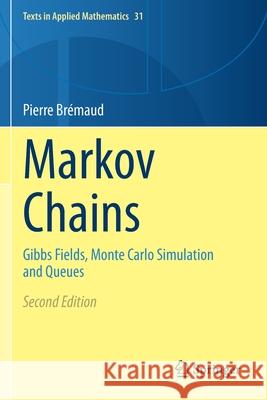Markov Chains: Gibbs Fields, Monte Carlo Simulation and Queues » książka
topmenu
Markov Chains: Gibbs Fields, Monte Carlo Simulation and Queues
ISBN-13: 9783030459840 / Angielski / Miękka / 2021 / 557 str.
Markov Chains: Gibbs Fields, Monte Carlo Simulation and Queues
ISBN-13: 9783030459840 / Angielski / Miękka / 2021 / 557 str.
cena 242,07 zł
(netto: 230,54 VAT: 5%)
Najniższa cena z 30 dni: 231,29 zł
(netto: 230,54 VAT: 5%)
Najniższa cena z 30 dni: 231,29 zł
Termin realizacji zamówienia:
ok. 22 dni roboczych
Bez gwarancji dostawy przed świętami
ok. 22 dni roboczych
Bez gwarancji dostawy przed świętami
Darmowa dostawa!
Kategorie:
Kategorie BISAC:
Wydawca:
Springer
Seria wydawnicza:
Język:
Angielski
ISBN-13:
9783030459840
Rok wydania:
2021
Wydanie:
2020
Numer serii:
000023702
Ilość stron:
557
Waga:
0.79 kg
Wymiary:
23.39 x 15.6 x 2.97
Oprawa:
Miękka
Wolumenów:
01
Dodatkowe informacje:
Bibliografia
Wydanie ilustrowane
Wydanie ilustrowane











